Why Choose Karv-in Interiors?
End-to-end Project Execution
15+ Completed Projects
Professionally Managed Interior Design Services
Full-Home Personalised Interiors
7-stage quality check with 400+ tests
Guaranteed 90-day Project Delivery
Explore Our Signature Styles
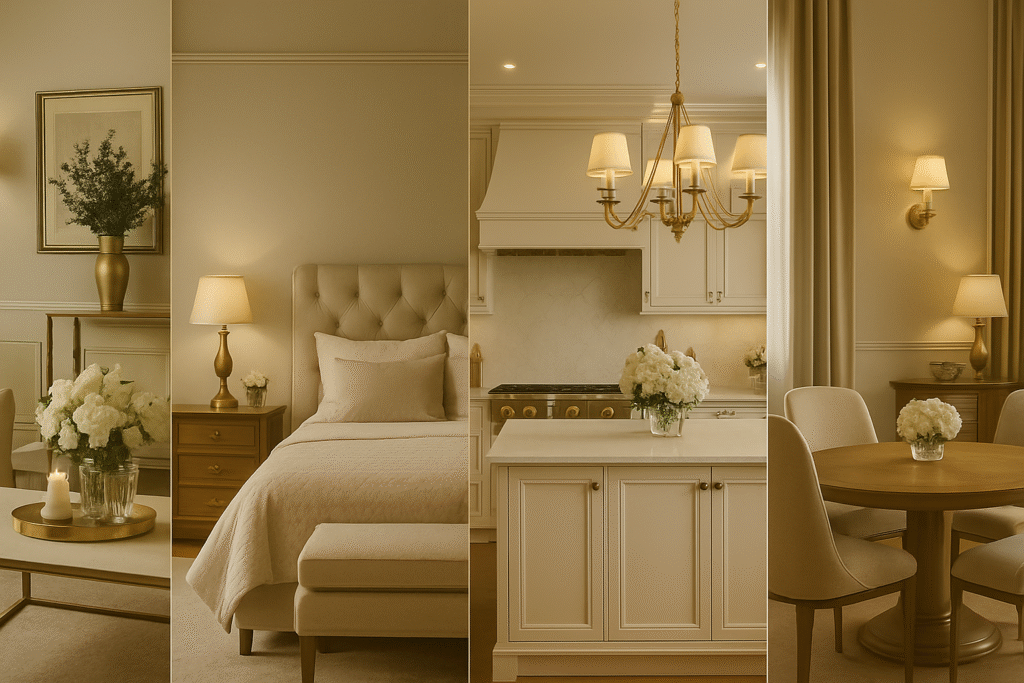
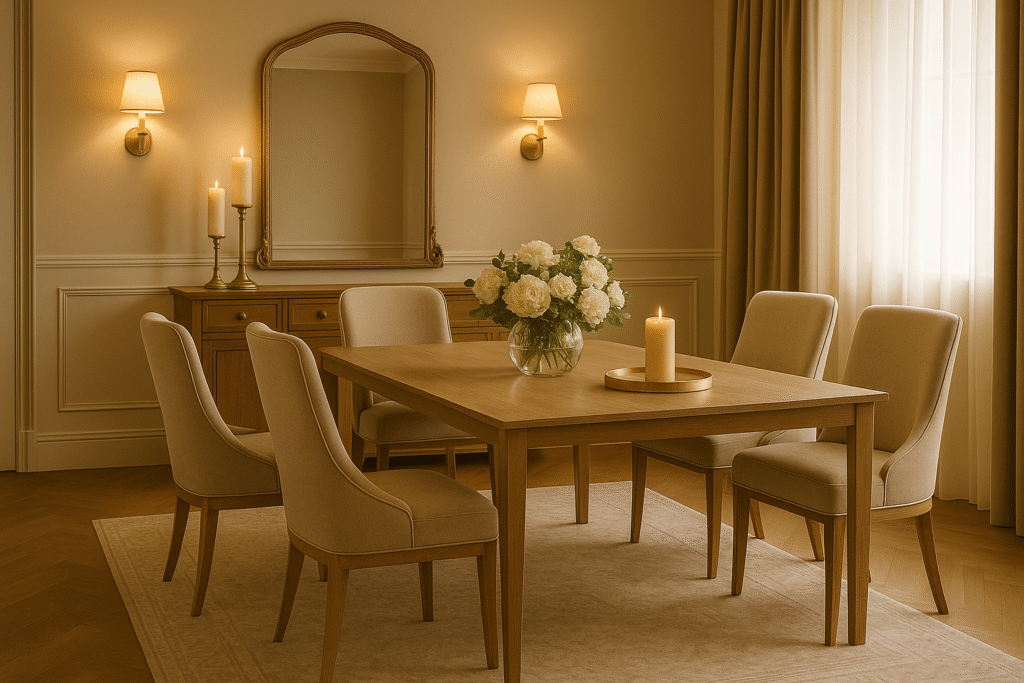
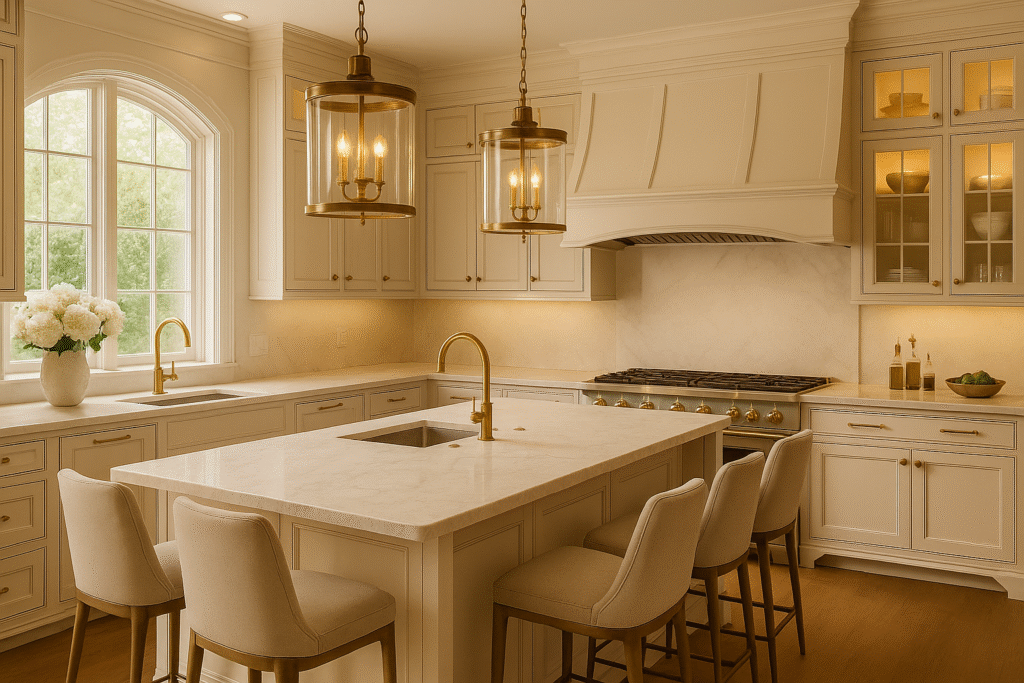

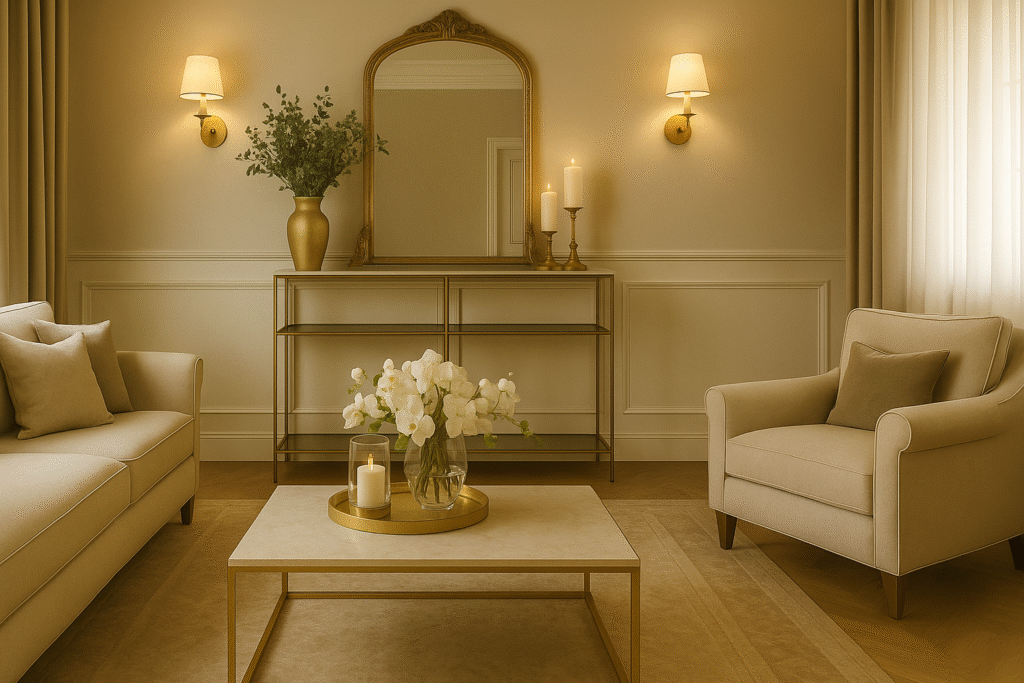
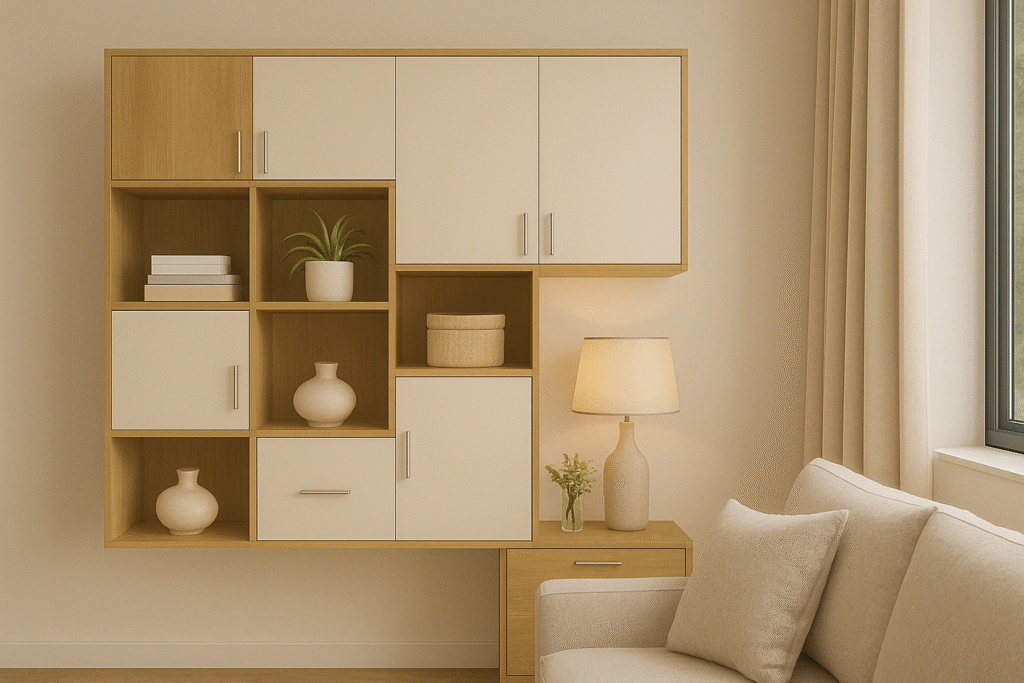
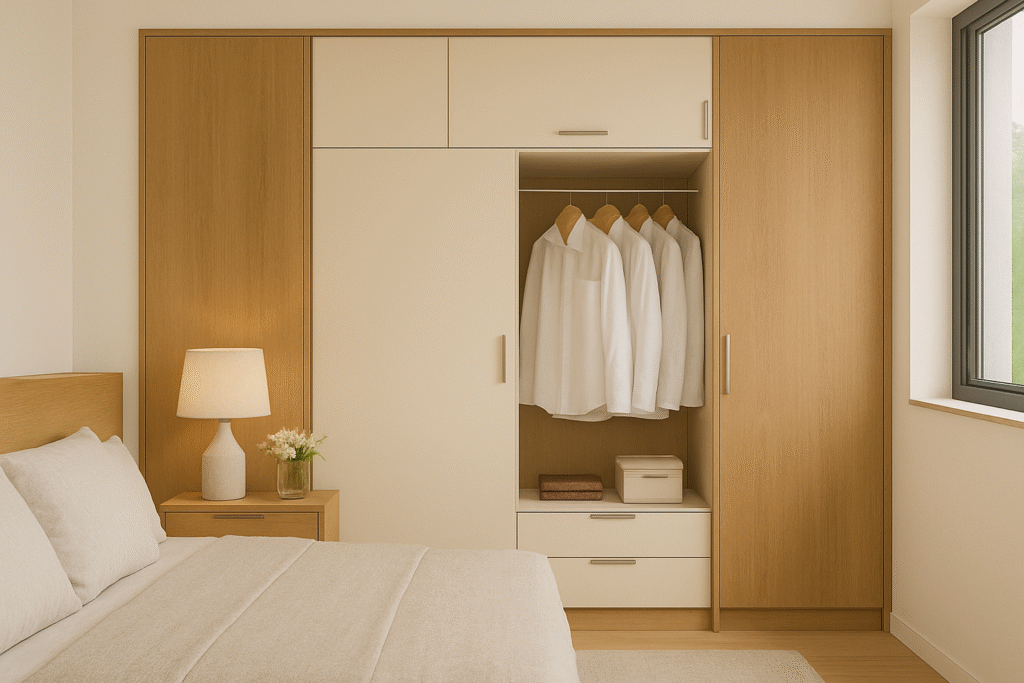
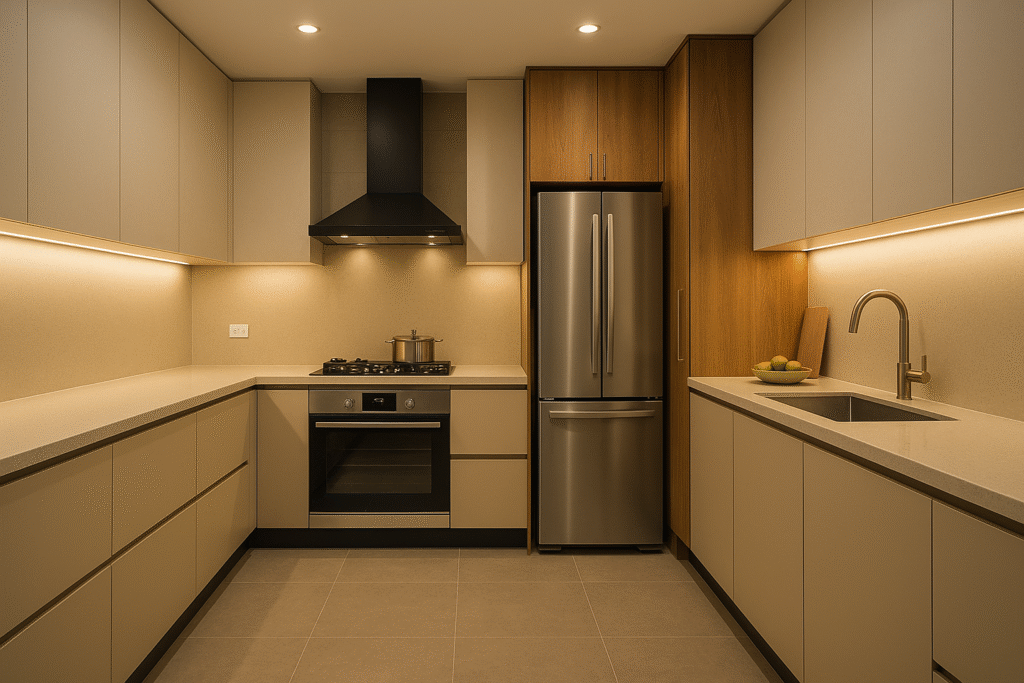
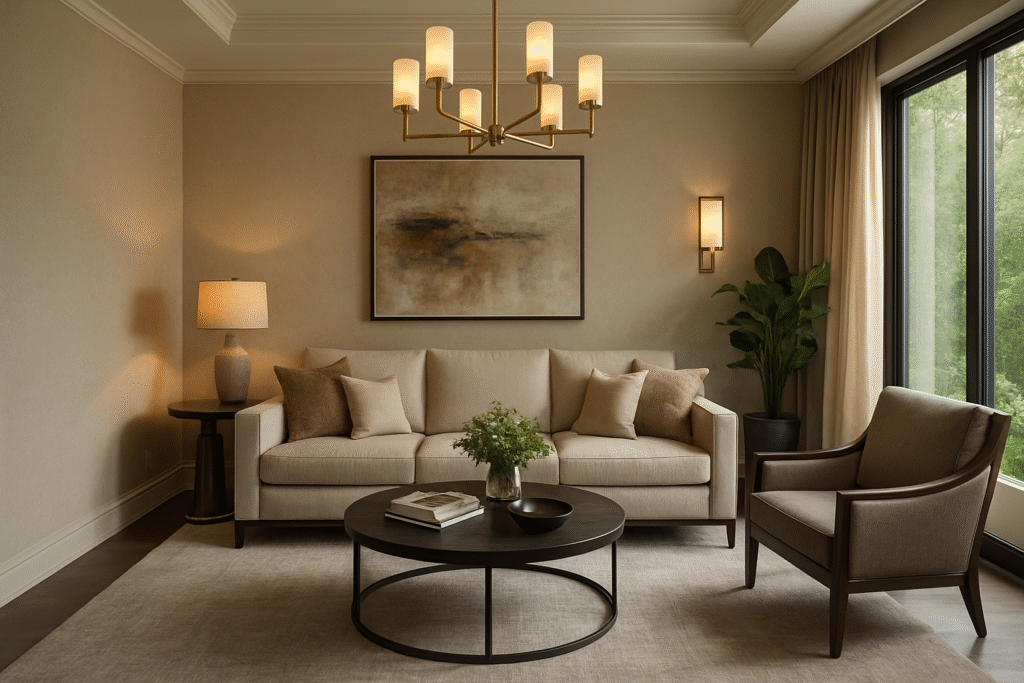
Featured Projects
Explore Our Signature Interior Transformations
At Karv-in Interiors, each project reflects our commitment to luxury, functionality, and personalisation. From sleek, modular kitchens to full-home transformations, our curated spaces are designed by some of the top luxury interior designers in Bengaluru.
Browse a glimpse of our best work across villas, apartments, and urban homes — all delivered with impeccable craftsmanship and thoughtful design.
Project Highlights
3BHK Luxury Makeover – Indiranagar
A modern fusion of marble textures, warm tones, and a custom TV wall panel with concealed storage.
Villa Interior – Sarjapur
Full home interiors featuring double-height living, pooja unit, and an open modular kitchen with premium finishes.
Compact 2BHK – Whitefield
Smart use of space with modular wardrobes, multifunctional storage, and earthy modern aesthetics.
Ready to Transform Your Space?
Our Services
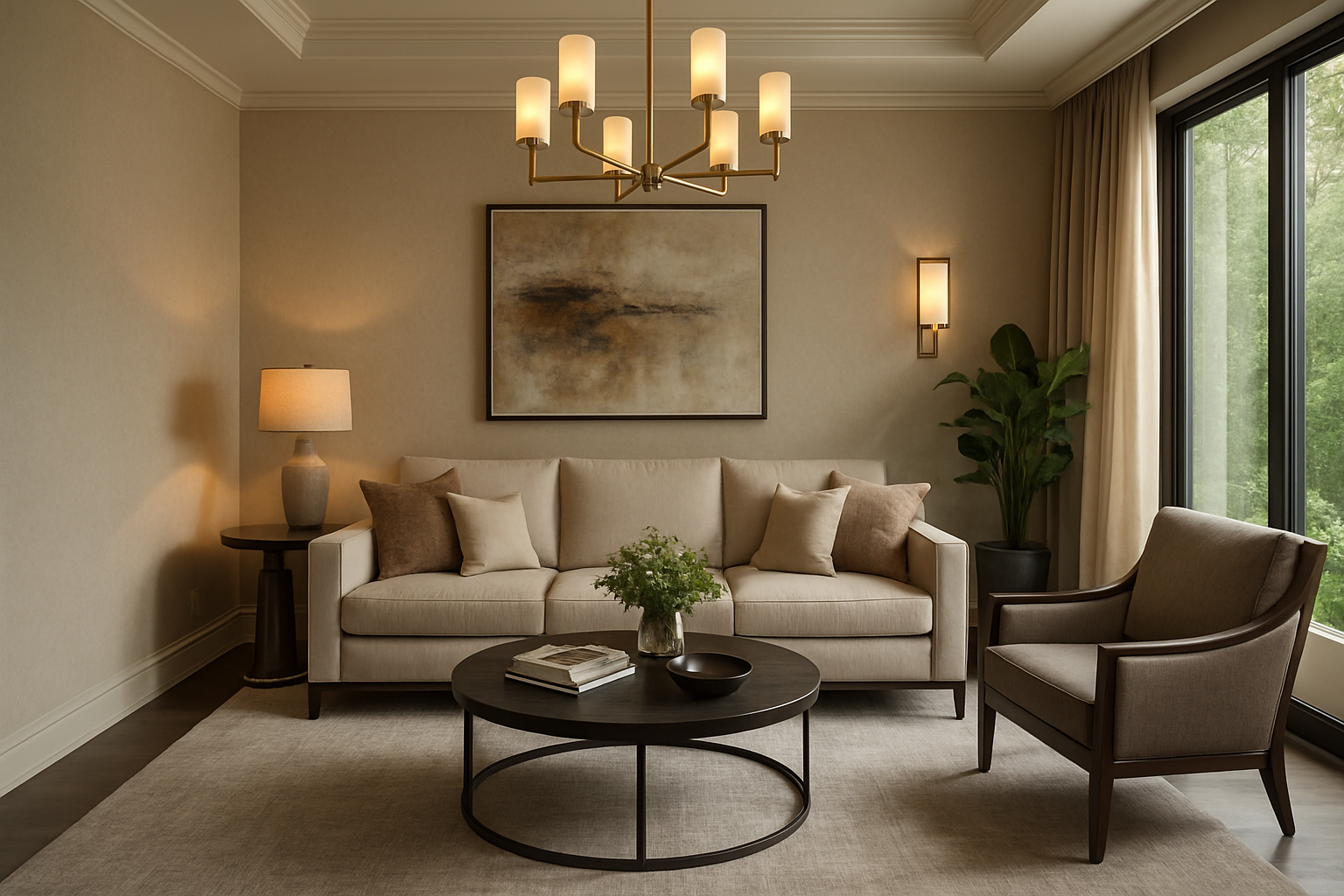
1. Modular Interiors
Transform your space with our smart and stylish modular interiors, crafted for functionality and elegance. From modular kitchens to customized wardrobes, we blend innovation with aesthetics. Experience seamless design solutions tailored to suit your lifestyle and space needs.
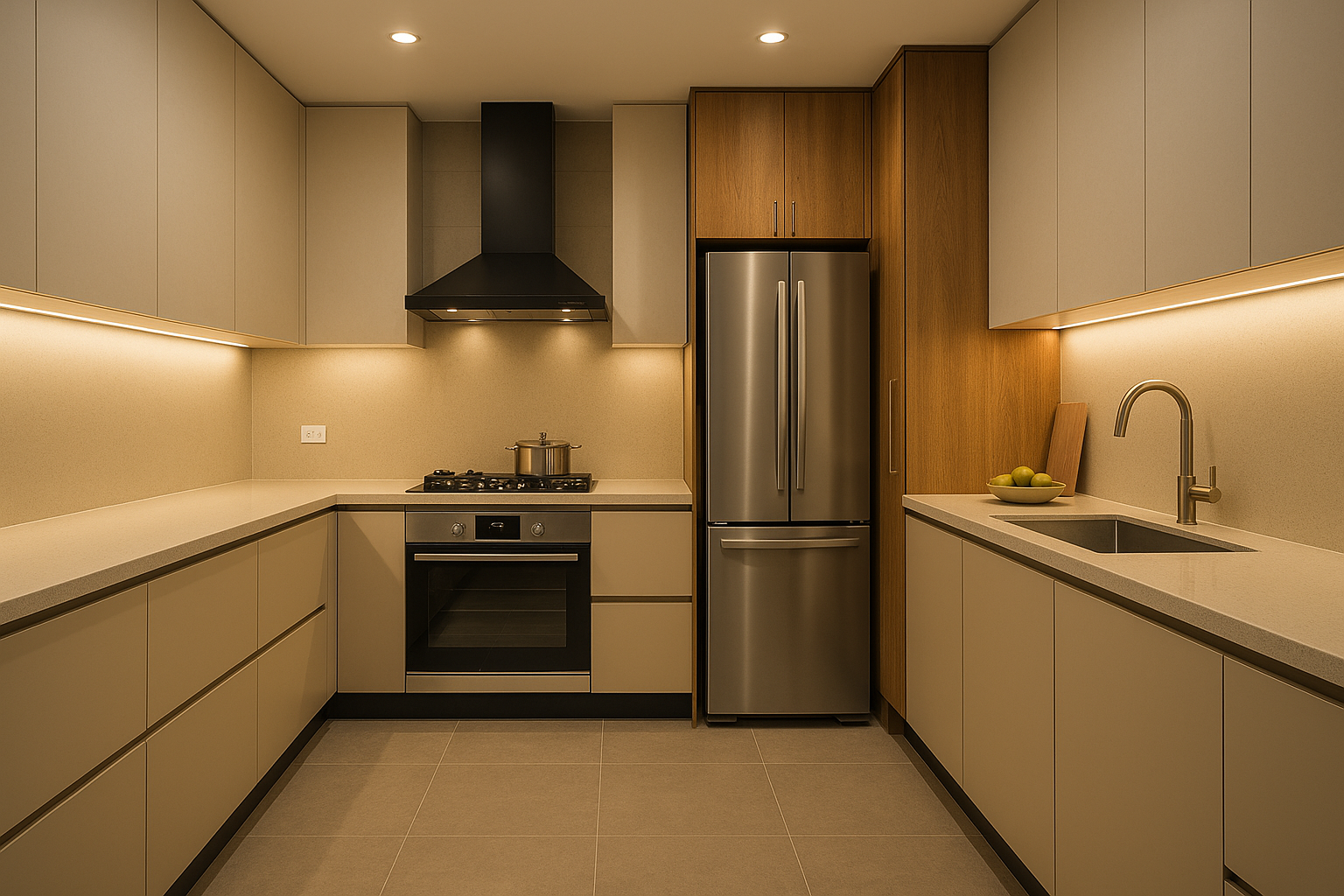
2. Full Home Interiors
Complete your dream home with expert full home interiors by top interior designers in Bangalore. From elegant living rooms to luxurious bedrooms and modular kitchens, we design it all with style and functionality. Get customized interior solutions that blend luxury, comfort, and smart space utilization across your home.
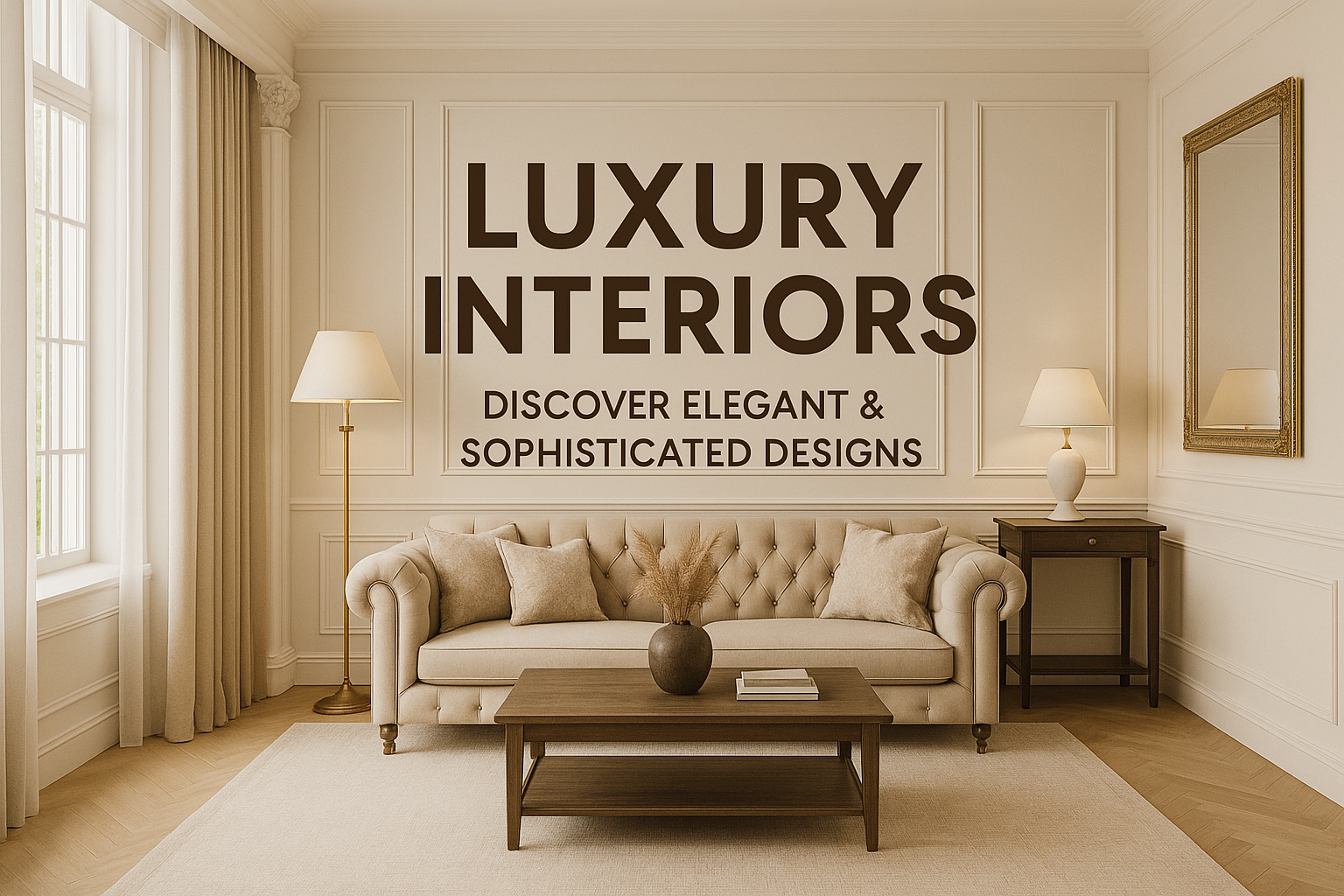
3. Luxury Interiors
Indulge in opulence with our bespoke luxury interiors, crafted for elegance and timeless appeal. Our expert interior designers in Bengaluru bring sophistication to every corner—from grand living rooms to lavish bedrooms. Experience high-end finishes, premium materials, and personalized designs that redefine luxury living.
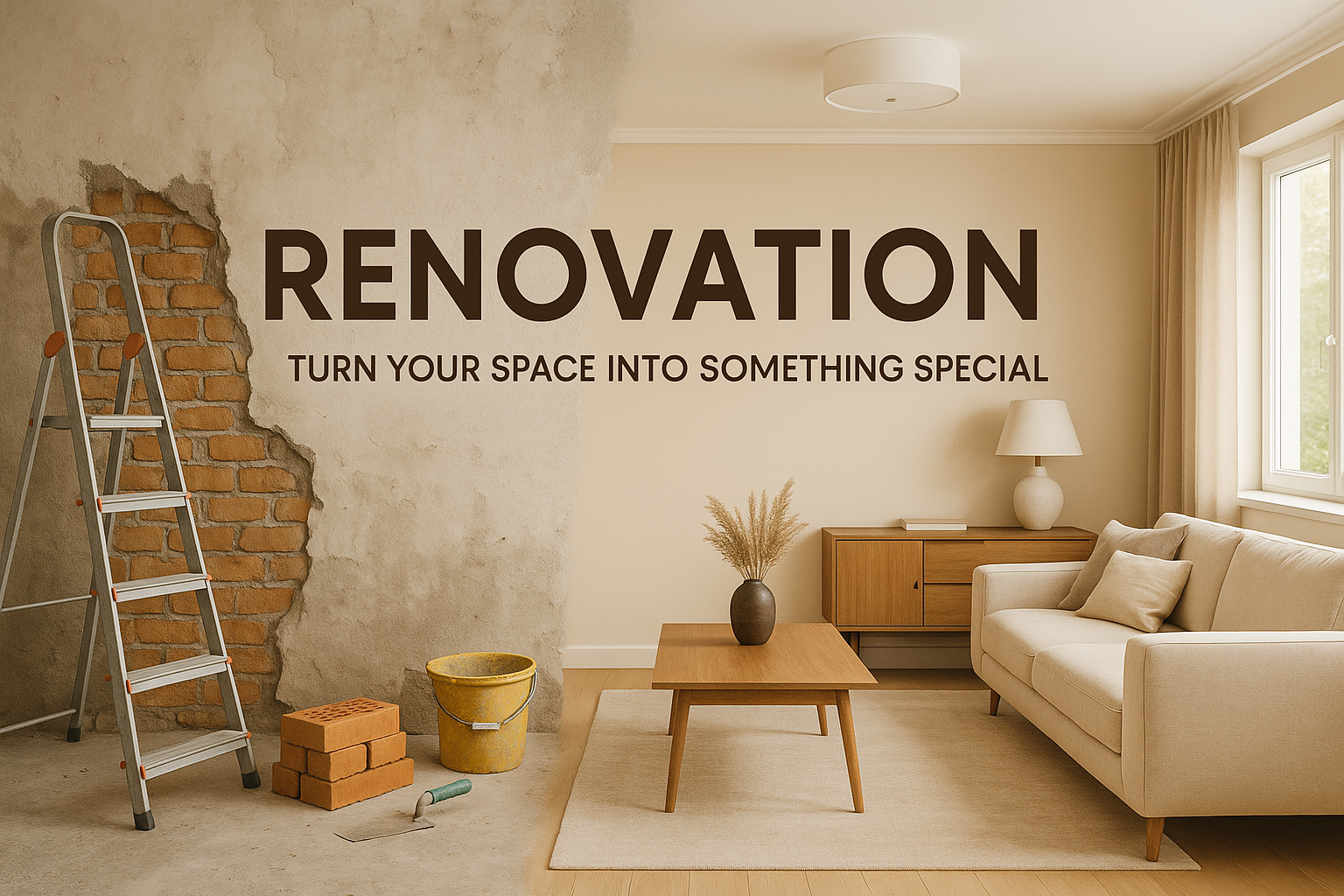
4. Renovations
Give your space a stunning makeover with our expert renovation services in Bangalore. Whether it's a modern kitchen revamp or a complete home transformation, we blend style with smart functionality. Trust our experienced interior renovators to enhance value, comfort, and aesthetics—all within your budget.
What Our Clients Say About Us
What others thought of
I am really happy with overall work done by Team Karv-in Interiors. They are quite responsive and have delivered projects on time. Specially thanks to Karishma who coordinated on overall work

Apoorva sharma
What others thought of
Very experienced in turnkey interior design for the entire apartment space. Really happy with the way our dream home has turned out to be.

Monisha Joshi
What others thought of
This is very good, organisation, good relationship, friendly behaviour on time delivery, with good quality
I am very happy with this

Chetan kulkarni
Lates Blog & News
Step into a world where creativity meets functionality with our captivating blogs on interior design. Explore expert insights, practical tips, and inspiring ideas to transform your living spaces into personalized sanctuaries. From timeless elegance to modern minimalism, embark on a journey of design discovery with our curated collection of articles.
